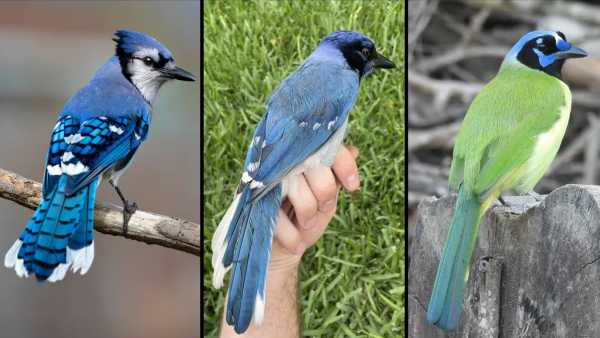
The newly discovered bird (center) is a hybrid of a blue jay (left) and a green jay (right), possessing distinctive features of both species. (Image credit: Brian Stokes (center panel), Travis Maher/Cornell Lab of Ornithology/Macaulay Library (left), and Dan O'Brien/Cornell Lab of Ornithology/Macaulay Library (right).)
For the first time, scientists observed wild hybrid offspring between a blue jay and a green jay during a study near San Antonio, Texas.
According to a study published September 10 in the journal Ecology and Evolution, the hybrid bird is the product of crossbreeding between two species whose ranges began to overlap several decades ago.
You may like
-
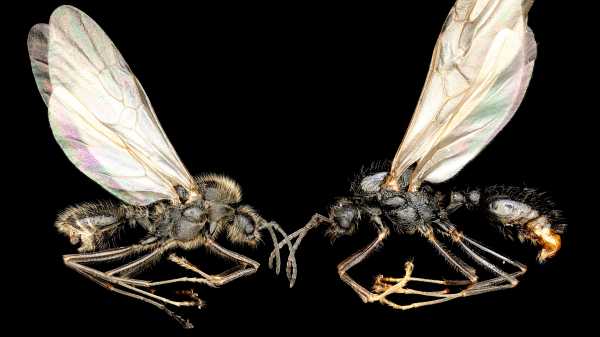
'Almost like science fiction': European ant is the first known animal to clone members of another species.
-
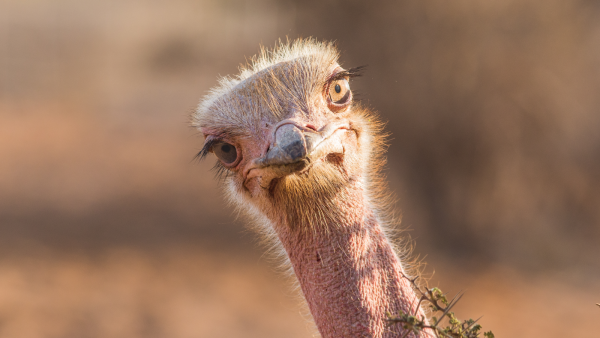
A 'rare' ancestor reveals how giant flightless birds reached distant lands.
-

Who's there? The James Webb Space Telescope captured a rare “cosmic owl.”
Blue jays (Cyanocitta cristata) and green jays (Cyanocorax yncas) belong to the order Corvidae, a family of birds that also includes crows and ravens. Despite their similar names, blue and green jays are not closely related. They are not members of the same genus, and their lineages diverged approximately 7 million years ago.
Green jays historically inhabited warm tropical regions of Mexico, Central America, and southern Texas, while blue jays are found throughout much of the eastern United States, as far west as Houston. Over the past few decades, warming temperatures have allowed green jays to expand their range further north, while climate change and human activity have pushed blue jays further west. The two species now coexist in a part of Texas near San Antonio.
Stokes, who studies green jays at the University of Texas at Austin, discovered the hybrid jay through social media in 2023. A birder in the San Antonio area posted a photo of the unusual bird from her backyard, and she invited Stokes to her home to observe it closely for two days.
“We tried to catch him the first day, but he was completely unruly,” Stokes said. “But on the second day, we got lucky.”
Stokes managed to capture a jay in a mist net—a fine mesh suspended between two poles, difficult for birds to see. The bird had blue plumage, but its facial markings were similar to those of green jays, and it could produce calls from both species. Stokes took a blood sample and placed a bracelet on its leg to aid in future identification, then released it back into the wild.
Genetic analysis of a blood sample revealed that the bird is likely the offspring of a female green jay and a male blue jay. The hybrid bird is the first known cross between these two species in the wild, but in the 1970s, scientists crossed a green and blue jay in captivity. The wild hybrid's appearance is similar to a captive-bred specimen, now housed in the collection of the Fort Worth Museum of Science and History.
RELATED STORIES
—The first bioengineered hybrid animals were discovered in Ancient Mesopotamia.
—10 of the strangest hybrid animals
— Stuffed birds are turning into drones
Although this is the first recorded sighting of a hybrid between the two species, the jay was at least a year old when Stokes tagged it. No further sightings of the jay were reported for the next two years, but in June 2025, it returned to the same backyard in the San Antonio area.
If there are other hybrid saplings, they may be difficult to spot, as few people live outside of San Antonio in the region where the two species' ranges overlap, so the chances of someone seeing a hybrid are low.
“Hybridization is probably much more common in nature than researchers think, because there is a great inability to report on the phenomena that occur,” Stokes said.

Skyler Ware, Social Links Navigator, Live Science Contributor
Skyler Ware is a freelance science journalist covering chemistry, biology, paleontology, and earth sciences. She was a 2023 AAAS Fellow at Science News. Her work has also appeared in Science News Explores, ZME Science, and Chembites, among others. Skyler holds a PhD in chemistry from the California Institute of Technology.
You must verify your public display name before commenting.
Please log out and log back in. You will then be asked to enter a display name.
Exit Read more
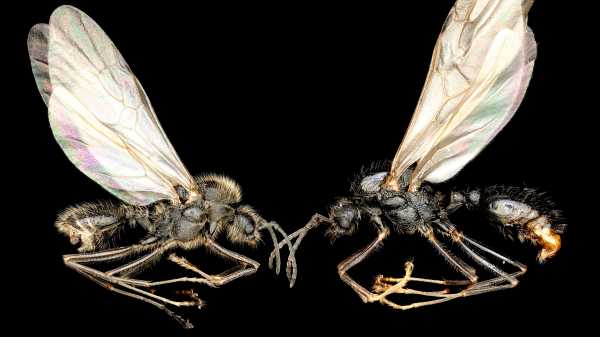
'Almost like science fiction': European ant is the first known animal to clone members of another species.
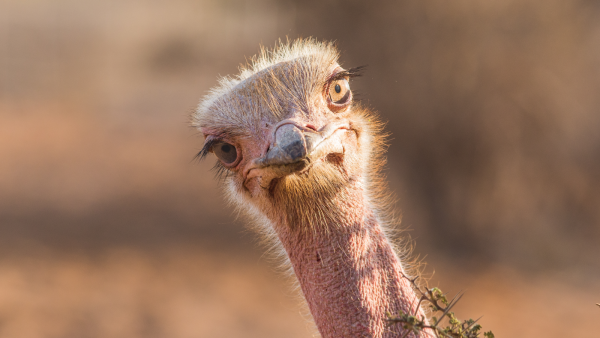
A 'rare' ancestor reveals how giant flightless birds reached distant lands.

Who's there? The James Webb Space Telescope captured a rare “cosmic owl.”
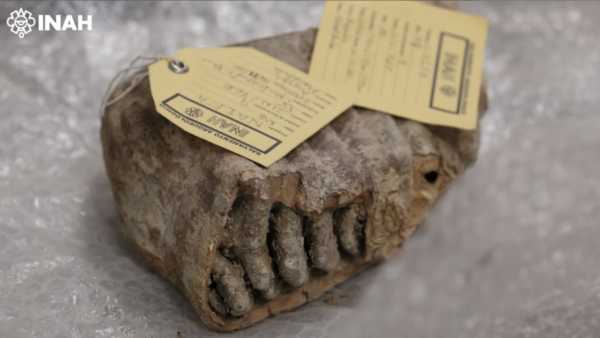
Ancient DNA from Mexican mammoths reveals unexpected and unexplained genetic secrets
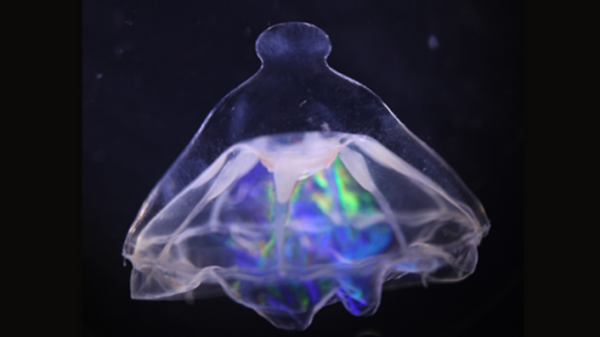
A mysterious barrier in the Atlantic separates strange deep-sea jellyfish.
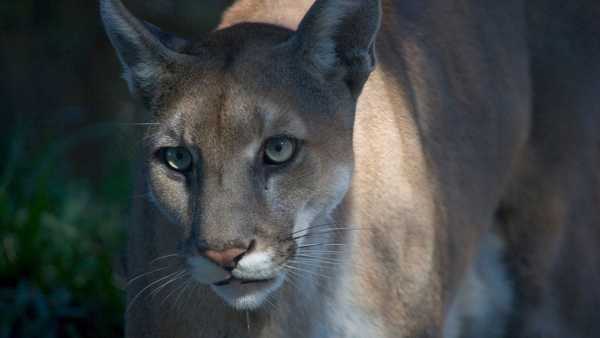
Texas cougar genes are saving Florida cougars from extinction—for now.
Latest news about birds
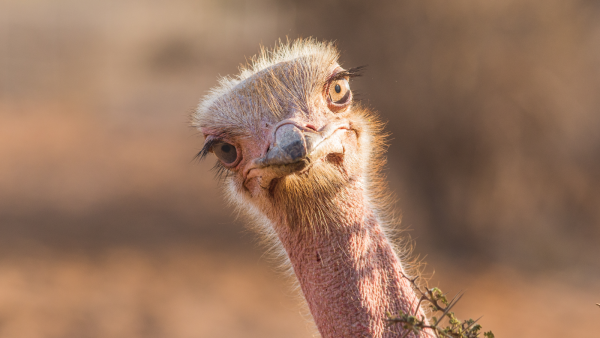
A 'rare' ancestor reveals how giant flightless birds reached distant lands.
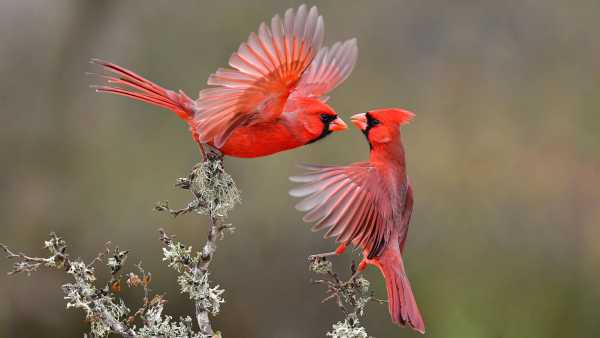
Best Bird Song Apps in 2025 – Identify Bird Songs and Improve Your Bird Knowledge
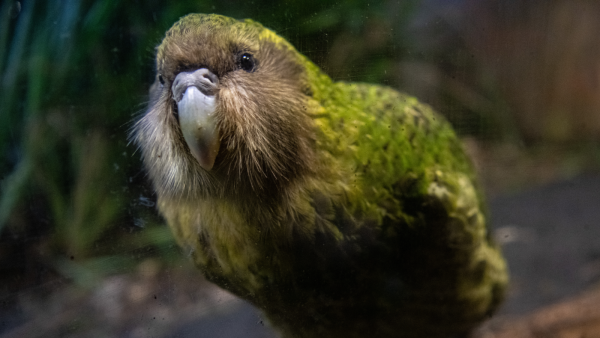
Kakapo: A fat parrot that can live for almost 100 years
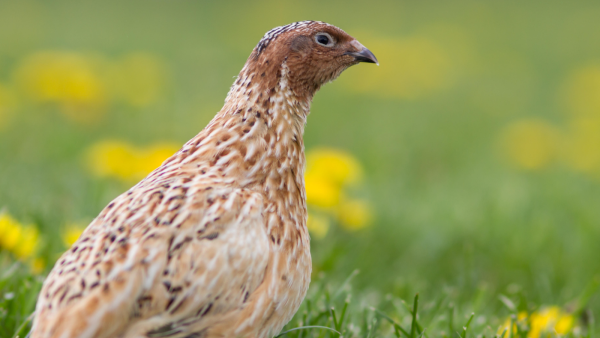
Japanese Quail: A Bird with Strange Semen Foam, a Post-Sex Walk, and a Place in Space History

How do migratory birds know where they are going?
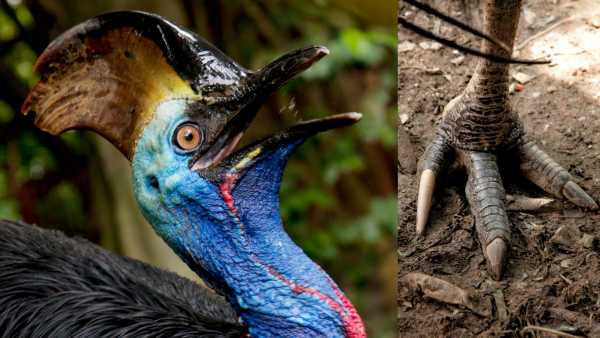
Southern cassowary: a giant prehistoric bird with dinosaur feet
Latest news

Scientists have discovered 85 “active” lakes buried beneath Antarctic ice.
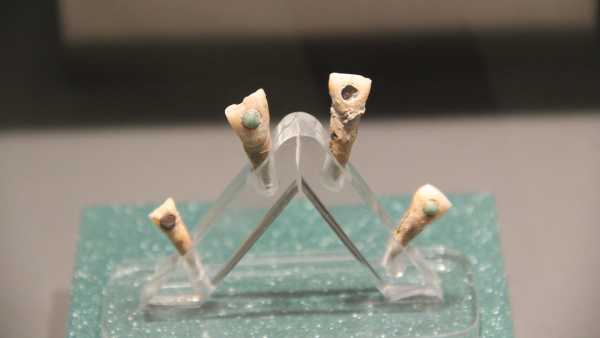
A new study has revealed that a seven-year-old Mayan child had a green jade “tooth tartar”

City-killer asteroid could be destroyed by nuclear explosion before it approaches the Moon

'Serious threat': China braces for the approach of Super Typhoon Ragas, the strongest storm this year, with winds reaching 180 km/h.
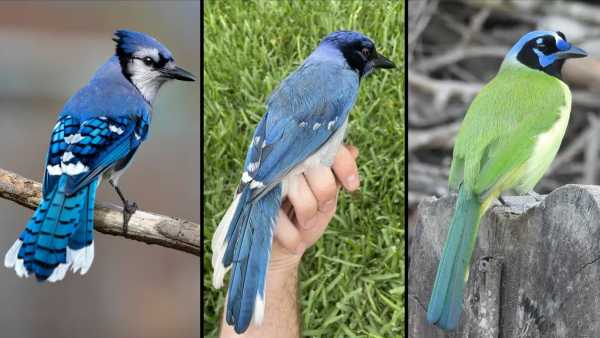
A rare blue-green hybrid jay spotted in Texas is a descendant of birds whose lineages diverged 7 million years ago.
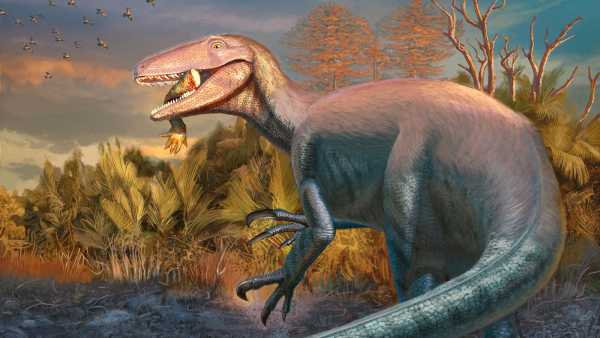
A giant dinosaur with “brushcutter-like claws” and a crocodile leg still in its mouth has been found in Argentina.
LATEST ARTICLES

1In Secrets of the Brain, Jim Al-Khalili explores 600 million years of brain evolution to understand what makes us human.
Live Science magazine is part of Future US Inc., an international media group and leading digital publisher. Visit our corporate website.
- About Us
- Contact Future experts
- Terms and Conditions
- Privacy Policy
- Cookie Policy
- Accessibility Statement
- Advertise with us
- Web notifications
- Career
- Editorial standards
- How to present history to us
© Future US, Inc. Full 7th Floor, 130 West 42nd Street, New York, NY 10036.
var dfp_config = { “site_platform”: “vanilla”, “keywords”: “type-news-trending,serversidehawk,videoarticle,van-enable-adviser-
Sourse: www.livescience.com





